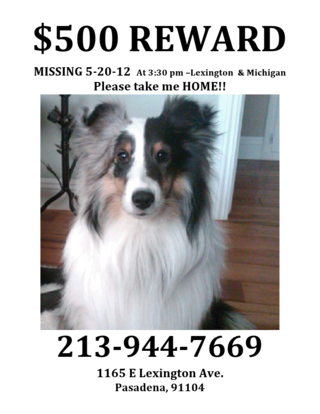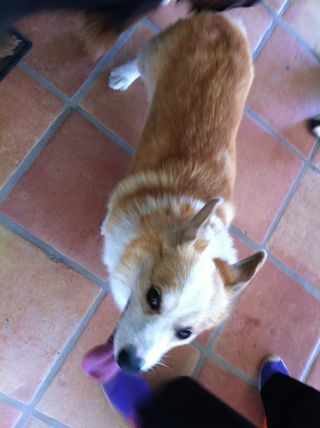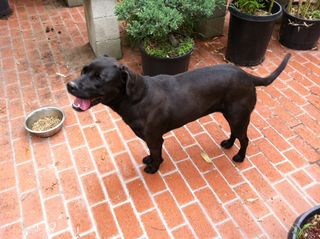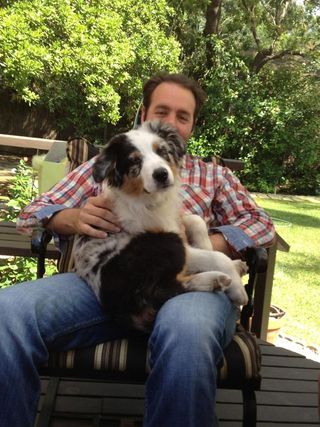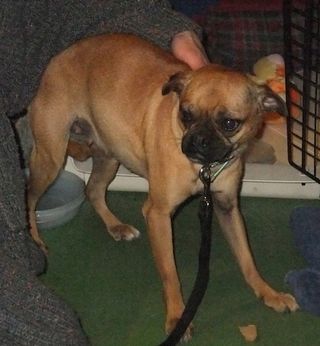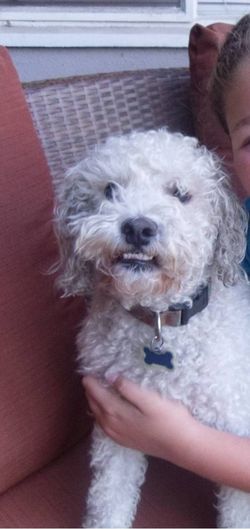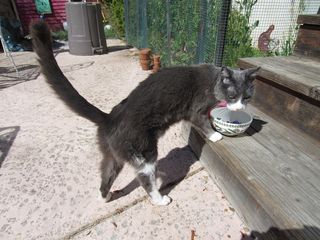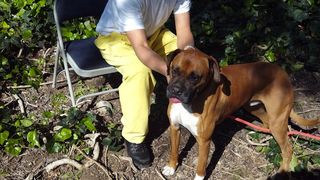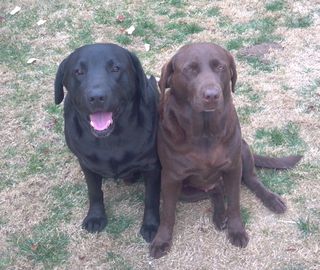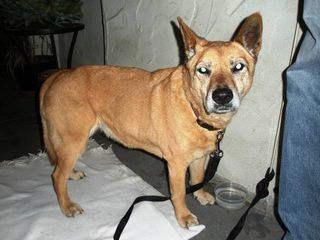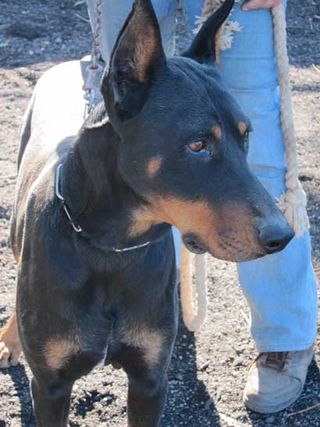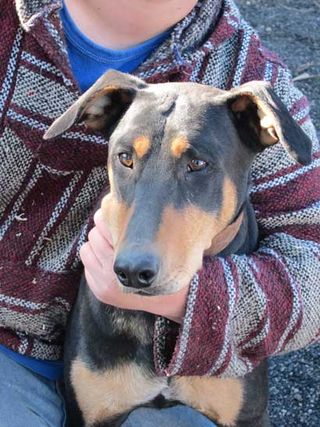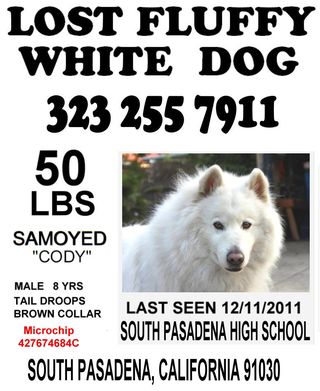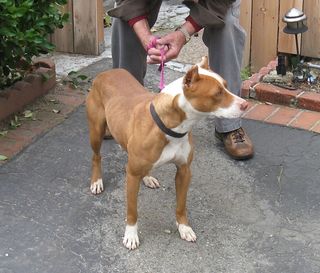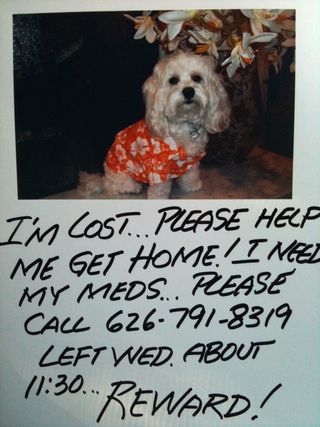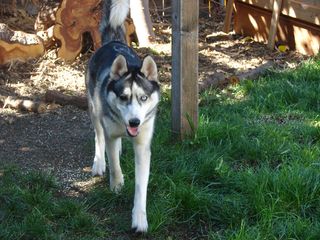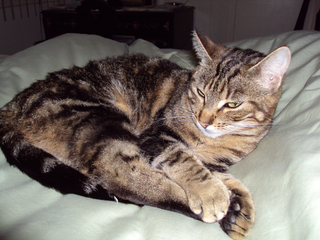
Sharon Ding holds rescued beagle Millie, with her distinctive bandanna. All photos by Laura Monteros.
Fence neighbors are not always folks. They can be four-legged critters who love to run out and bark at each other along the back fence. This is the story of my dogs’ two fence neighbors.
Gus, age 8 and Millie, age 3½, are beagles who were rescued by Altadenan Sharon Ding. Gus was rescued from a shelter and wears a collar; Millie has the added distinction of sporting a bright pink bandana stamped with “Ask me where I came from.” She is a walking ambassador for the
Beagle Freedom Project based in Valley Village.
Millie came from a research lab in San Jose, where she and eight other beagles had spent their entire lives in cages. They were rescued by the Beagle Freedom Project, and Ding adopted Millie on Father’s Day, 2011.
“I’m stuck on beagles,” Sharon says, but when Gus’ companion Penny died, she had not intended to get another dog—until she saw a news report on nine rescued beagles needing special homes. “I thought it was time,” she states.

Identifying numbers are tattooed in Millie's ear.
When Millie came home, she was timid and frightened, but she loved people from the very start. During most of our conversation, she sat on Sharon’s lap, and enjoyed being stroked and talked to. “She pretty much lets me do anything,” Sharon says, such as cutting her nails which Gus does not like to have done. “It’s part of her upbringing,” as is her tendency to lift her paw when Sharon walks toward her. “So many do,” she says, “I think it’s because they gave blood all the time.”
Beagle Freedom Project, a service of Animal Rescue, Media & Education (ARME), was founded by Shannon Keith in December, 2010 when Keith learned that two beagles from a research lab were being given a chance at freedom. Because of their friendly, docile, and forgiving natures, beagles are the most popular breed for lab use, according to BFP. They are purchased from breeders who specifically breed dogs for use in scientific institutions.
Though BFP does not divulge the name of the laboratory nor what was done to the dogs, Sharon says, “I understand that about half die from the experiments. Some are killed when they are done with them.” Their ears are tattooed by the lab to identify them, the only moniker they have while they live there. Some have tattoos on both ears, indicating they have lived in at least two different labs.
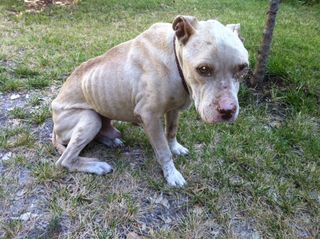 Reader Paul found this poor sad sack and is holding onto him for awhile, If he's yours, call 626-390-5152 or email timmerman_paul@hotmail.com
Reader Paul found this poor sad sack and is holding onto him for awhile, If he's yours, call 626-390-5152 or email timmerman_paul@hotmail.com







